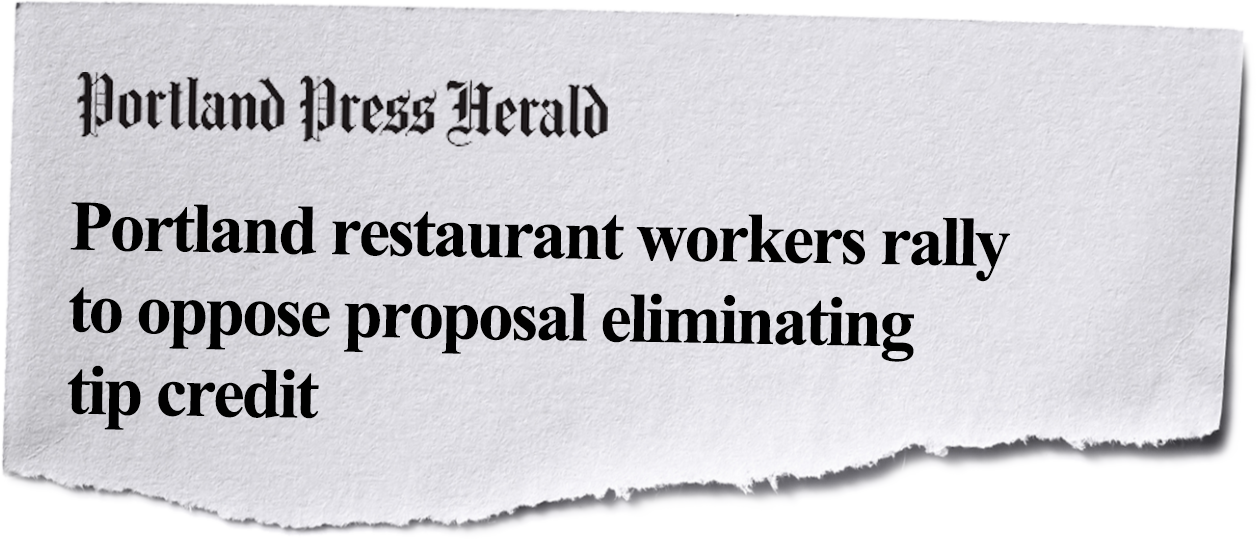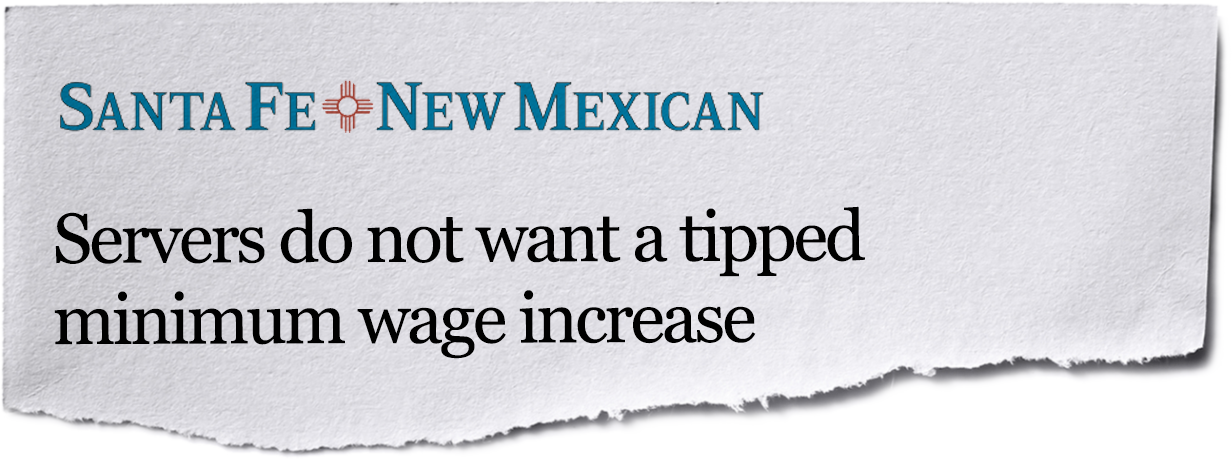“People see that 20% service charge and they’re just going to say ‘Oh, it’s already included.’”
- DC Server
What is the difference between a service charge and a tip?
Federal law protects tips (or gratuities) as money given directly from the customer to the restaurant server or bartender. Managers or owners are not allowed to keep any tips. Many states have their own laws also protecting tips for employees.
Service charges, on the other hand, are handled by the restaurant, and not legally protected as tips that go directly to tipped employees. Instead, it is up to the restaurant to decide how to use funds generated through service charges.
Why are service charges and no-tipping alternatives bad for employees?
Service charges take direct tips away from servers and bartenders and other tipped restaurant employees – but are often seen as a last resort when cities and states eliminate the traditional tip credit pay model.
Tipped restaurant employees, including servers and bartenders, prefer the current system to anti-tip credit alternatives.
Why?
Restaurants feel forced to make up for rising wages in other ways – introducing service charges, raising menu prices, and starting no-tipping policies to reduce the shock for their customers.
“A lot of people don’t realize when they see that 20% [service charge]... That does not go to the server. Which is why we love our tips.”
- DC Server
“We're not fans of the service charge. It greatly reduces our ability to maximize our income potential.”
- DC Server
What happens then?
- Tips fall when tip credits are eliminated and hourly wages increase. States with no tip credit have the lowest tipping percentages in the nation. (Toast)
- As base hourly wages are forced up, customers leave lower tip percentages. (Cornell University)
- Employees see lower total earnings, finding less income potential in their restaurant jobs.
- Every $1 increase in the tipped minimum wage causes 5.6% loss in tipped employees’ earnings. (National Bureau of Economic Research)
- Constantly rising hourly wage requirements squeeze restaurants with limited wiggle room in their profit margins, leading to schedule reductions or even layoffs.
- Every $1 increase in the tipped minimum wage causes 6.1% job loss for tipped employees. (National Bureau of Economic Research)







